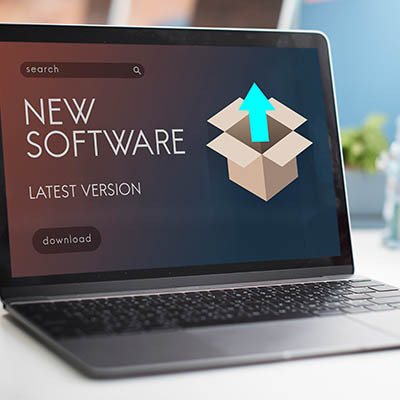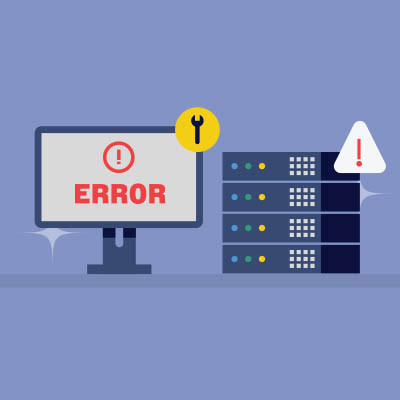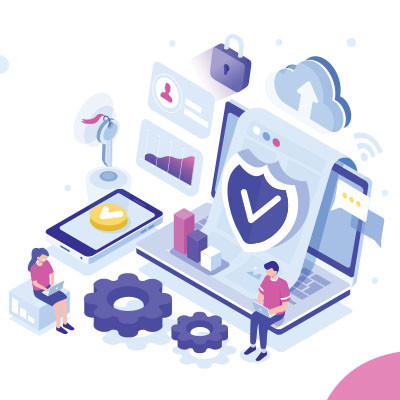Waypoint Technology Solutions Blog
Hardware is far from the most fun topic for a business owner to learn more about, but that doesn’t diminish its importance. If you want to ensure your business stays ahead of the game, then you need to be strategic about your hardware implementation. Otherwise, you risk falling behind, put your business in danger, and—even worse—imperil your budget. Today, we want to help you get the most out of your hardware, long before you have to invest in anything new.
Nowadays, the average business leans pretty heavily on mobile devices to some degree, particularly as they make business productivity—and thereby, competitiveness—more easily attainable. However, this also makes it essential that a business using mobile devices has a means of managing them effectively.
Let’s explore the concept of mobile device management, and discuss some ways that your business can take advantage of it.
Every business’ worst nightmare is a data loss incident, and if you’re caught unawares, such an incident can set you back financially and operationally for months. Today, we want to cover some of the common data your business collects that you absolutely need to have backed up. If you don’t, you could become subject to serious fines due to regulations and other industry-specific mandates.
As you should be aware by this point, the Windows 10 operating system is reaching its end of support on October 15 of this year—meaning that it will no longer receive updates of any kind afterward, including critical security updates. What you may not know, however, is that Microsoft is following suit and pulling Office support around the same time.
It’s natural for businesses to rely on their tools, like IT, to achieve success, but if you don’t take care of your systems, it could lead to downtime. You can bypass many of these challenges with the right approach to technology maintenance. We want to highlight some of the proactive methods you can use to keep downtime to a minimum.
A business experiencing a network bottleneck is having a bad day, especially since the ability to share data is so important to many industries today. That said, today’s resource-intensive technologies can easily eat through an organization’s bandwidth and create these kinds of network slowdowns.
Let’s talk about what can be done to reduce these bottlenecks, if not eliminate them outright.
It should come as no surprise that nowadays, a business’ information technology and security precautions are frequently tied closely together—and wisely so. Not only can today’s technology greatly augment the security a business can defend itself with, but advanced security is needed to protect the critical IT that modern businesses rely on to function.
This makes it critical that these two aspects of your business work together, so let’s go over some ways to ensure they can do so optimally.
“Quit.” The q-word is (at least, in the business setting) one of the worst four-letter words someone can use… usually. In the context you probably first thought of, yes, but there are plenty of times that quitting can directly benefit your operations.
For instance, let’s say you have a project that is eating all of your resources, with no real returns in sight. What do you do then?
Communication is a big part of business. It builds the collaborative space needed to efficiently get work done and provides the platform in which to handle any and all customer concerns. In today’s blog we are going to go through all the things that makes Voice over Internet Protocol (VoIP) one of the most valuable pieces of technology any organization can implement.
Technology is an essential part of most business operations nowadays, regardless of the size of the business… and how that size may change over time. As such, it is essential that the infrastructure that supports this IT can adapt to these swells and declines.
Let’s discuss why it is so important that your IT infrastructure fits your business and a few best practices for tailoring it.
Productivity is extremely important for your business' ability to generate revenue and maintain consistent performance. Interestingly, many businesses face similar productivity challenges over time. What can small and medium-sized businesses (SMBs) do to improve productivity when it starts to decline? Let's take a look at some strategies to keep productivity high.
It’s no secret that things are more expensive nowadays, making it important that businesses have access to the technology needed to generate revenue. Without this access, a business suffers downtime and all the challenges it brings… not something you want to do.
Let’s consider why downtime happens, the scale of its costs, and what can be done to avoid it.
Business file sharing has become a daily routine. It's a crucial part of collaboration, communication, and overall productivity. However, with the rise of cyberthreats, file security is more important than ever. It's not just about sharing files but doing it securely and efficiently. Today, we'll look at some best practices for business file sharing.
So, what is digital waste?
Digital waste is all the useless data in our data storage that lingers until we do something with it. Extra files no longer needed, old emails and chats, and old, blurry pictures you never have and will never use… all qualify as digital waste. While it’s easy to discount digital waste as an annoyance (which it certainly can be), it creates a much bigger and more serious problem.




















